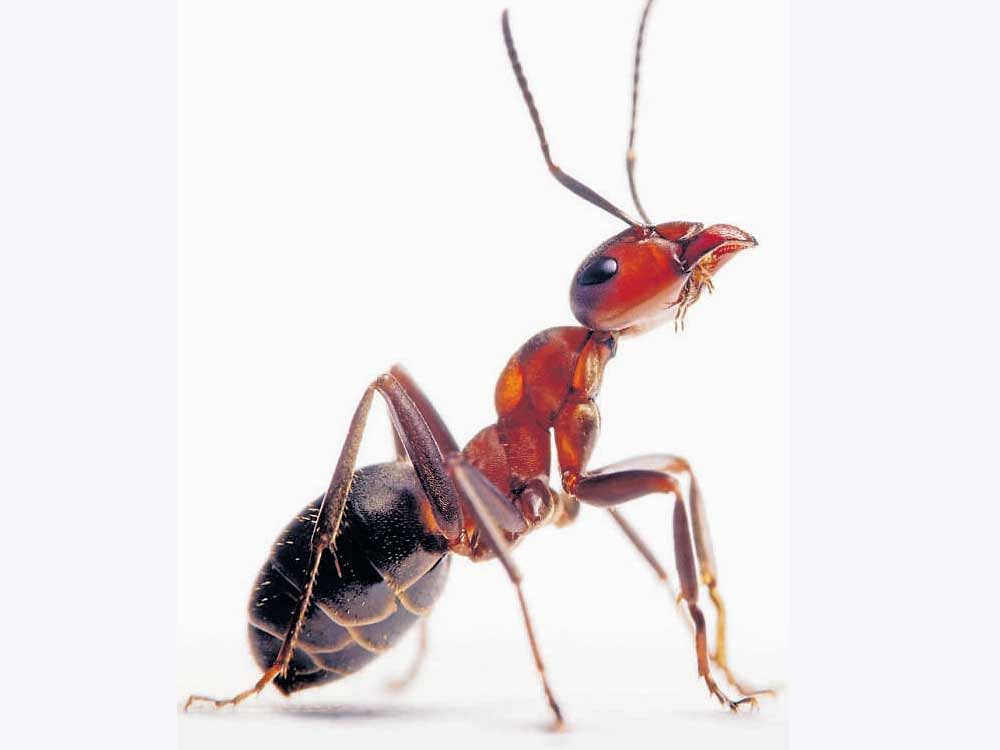
Scientists have for the first time observed a colony of a rare Asian ant named after the fierce, carnivorous T rex dinosaur and found that it is a timid, finicky eater.
Researchers said that the ant does not live up to the reputation of the dreaded Tyrannosaurus rex dinosaur.
However, the ant named Tyrannomyrmex rex, can turn to cannibalism in times of need.
Despite being discovered over 20 years ago, the Asian ants never before been seen alive. Only one specimen of the species had been collected by scientists.
Last year, researchers from the National University of Singapore stumbled across a colony of T rex ants in a piece of rotting wood stuck in the ground.
They collected and observed the colony found in Singapore, which had 13 workers, eggs, larvae and pupae.
The T rex ant was first discovered in Malaysia in 1994. It is part of the rare group of ants in the Tyrannomyrmex genus which has only two other identified species - T dux from India and T legatus from Sri Lanka.
The ants have pointed snouts, which may explain the T rex namesake, said Mark Wong from National University of Singapore.
"Our finding of T rex below the ground surface highlights the need for more focused exploration of the ant communities within this environment," he said.
Ant collection methods rarely involve careful underground surveys, Wong was quoted as saying by the 'Live Science'.
In captivity, the colony exhibited a retiring manner that has made these ants so elusive. They were more active at night than during the day, suggesting that they are probably nocturnal in the wild, he said.
They are not aggressive. When exposed to a potential threat, like a millipede, the ants curled up and froze, likely hoping to be overlooked so they could run away when the immediate danger passed.